M.D. Bettina Hazafi, General physician
 Every woman should know about rectus abominis diastasis (RAD), as research says that 100% of pregnant women have a pathological gap (over 2 cm) between their straight abdominal muscles in the 35th week of their pregnancy [1]. This, of course, can be physiological, as the growing baby need space. However, the same research also showed that 39% of women had RAD even after 6 months of giving birth. This means that 39% of mothers are affected by RAD, which is quite significant. Moreover, we haven’t even mentioned men and RAD developing without pregnancy. Some researches has targeted restoring RAD with pyhsical exercise. Some of these proved beneficial, but in some research there were no development agains the control group [2,3,4]. However, these series of exercises contained such elements which prove to be forbidden in Rectus Training Method (RTM). Therefore, in my opinion, these researches need to be handled with appopriate critique. RTM is a method developed by a trainer (Renáta Tőkés) and a gynecologist (M.D Tímea Kerekes). This is the very first method with a doctor and a trainer behind. RTM exercises train straight abdominal muscles by activating the side abdominal muscles, so it doesn’t let the connective tissue stretch further. RTM is a very well-built training method because it strains the muscles which were not used during pregnancy gradually, it takes postpartum changes and personal problems into consideration. They start the training with a correct examination, which takes hernia into account, too. It also emphasizes post-training tracking, so that the exercises can be easily personalized. This is a good training for small or big gaps, too. They have already achieved significant achievements, we are only waiting for the publication of their results. My personal experience says that they pay careful attention to their clients, as well as educating them. This is important, because RAD patients tissues have stretched, they will not resume to their original status, so these patients have to deal with this problem for the rest of their lives and they need to learn correct posture and training. Based on the above, I highly recommend this method to every women and men who suffer from rectus abdominis diastasis.
Every woman should know about rectus abominis diastasis (RAD), as research says that 100% of pregnant women have a pathological gap (over 2 cm) between their straight abdominal muscles in the 35th week of their pregnancy [1]. This, of course, can be physiological, as the growing baby need space. However, the same research also showed that 39% of women had RAD even after 6 months of giving birth. This means that 39% of mothers are affected by RAD, which is quite significant. Moreover, we haven’t even mentioned men and RAD developing without pregnancy. Some researches has targeted restoring RAD with pyhsical exercise. Some of these proved beneficial, but in some research there were no development agains the control group [2,3,4]. However, these series of exercises contained such elements which prove to be forbidden in Rectus Training Method (RTM). Therefore, in my opinion, these researches need to be handled with appopriate critique. RTM is a method developed by a trainer (Renáta Tőkés) and a gynecologist (M.D Tímea Kerekes). This is the very first method with a doctor and a trainer behind. RTM exercises train straight abdominal muscles by activating the side abdominal muscles, so it doesn’t let the connective tissue stretch further. RTM is a very well-built training method because it strains the muscles which were not used during pregnancy gradually, it takes postpartum changes and personal problems into consideration. They start the training with a correct examination, which takes hernia into account, too. It also emphasizes post-training tracking, so that the exercises can be easily personalized. This is a good training for small or big gaps, too. They have already achieved significant achievements, we are only waiting for the publication of their results. My personal experience says that they pay careful attention to their clients, as well as educating them. This is important, because RAD patients tissues have stretched, they will not resume to their original status, so these patients have to deal with this problem for the rest of their lives and they need to learn correct posture and training. Based on the above, I highly recommend this method to every women and men who suffer from rectus abdominis diastasis.Andrea Gaál, Physiotherapist, Rehabilitation Ward t Clinea Clinique Privee, Viry Chatillon (2014-2015). Physiotherapist at André Mignot Hospital, under the supervision of Bruno Borel, Le Chesnay (2015-2017)
Country manager for RTM-Rectus Training Method in Germany
 I’ve qualified as a physiotherapist at the college in Pécs in 2009. We covered the topics of basis pelvis and perinaealis and also training for expectant mothers more at our gynecology/obstetrics lectures and seminars. Rectus Diastasis may have been mentioned once, but we didn’t get any information about regeneration. My second child was born in 2016 in Versailles, where I used to work, at Hôpital André Mignot. My former colleagues told me they didn’t study open abdominal muscles, either, during their studies. Finally, I found RTM online. I had 2-3 fingers wide opening, which I could work back to 1-1,5 fingers wide with the help of the online videos. From then on, I was certain I wanted to do the trainer training as soon as I can. I am still amazed that pursuing these exercises 1-2 times a week can result in such changes even after one month that mothers do not even think about stopping and they feel the positive change, too. One of the most convincing achievement of the method is that a lumbar pain which appears after giving birth, which lasted for years can ease up or even disappear with the help of RTM exercises. This is a pain which, in many cases, doesn’t get better even with manual therapy or spinal gymnastics. The first sign with each mother with lumbar pain who does the RTM training will report the relief from the pain. This is then the best motivation for continuing the training. Since I’ve been posting success stories of the method as an RTM trainer and the head of the German RTM, many of my former physiotherapy classmates have consulted me with their post natal problems and asked for help. Every single time we talk, we are amazed at how this topic was abandoned during our studies.
I’ve qualified as a physiotherapist at the college in Pécs in 2009. We covered the topics of basis pelvis and perinaealis and also training for expectant mothers more at our gynecology/obstetrics lectures and seminars. Rectus Diastasis may have been mentioned once, but we didn’t get any information about regeneration. My second child was born in 2016 in Versailles, where I used to work, at Hôpital André Mignot. My former colleagues told me they didn’t study open abdominal muscles, either, during their studies. Finally, I found RTM online. I had 2-3 fingers wide opening, which I could work back to 1-1,5 fingers wide with the help of the online videos. From then on, I was certain I wanted to do the trainer training as soon as I can. I am still amazed that pursuing these exercises 1-2 times a week can result in such changes even after one month that mothers do not even think about stopping and they feel the positive change, too. One of the most convincing achievement of the method is that a lumbar pain which appears after giving birth, which lasted for years can ease up or even disappear with the help of RTM exercises. This is a pain which, in many cases, doesn’t get better even with manual therapy or spinal gymnastics. The first sign with each mother with lumbar pain who does the RTM training will report the relief from the pain. This is then the best motivation for continuing the training. Since I’ve been posting success stories of the method as an RTM trainer and the head of the German RTM, many of my former physiotherapy classmates have consulted me with their post natal problems and asked for help. Every single time we talk, we are amazed at how this topic was abandoned during our studies.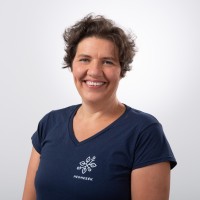
Dóra Rákosi, Physiotherapist
Co-founder of „Császárvonal” (Cezarean line), IBCLC lactation consultant
Thorough and personalized attention, motivating results, help available even online, a little active self-care time for mothers.
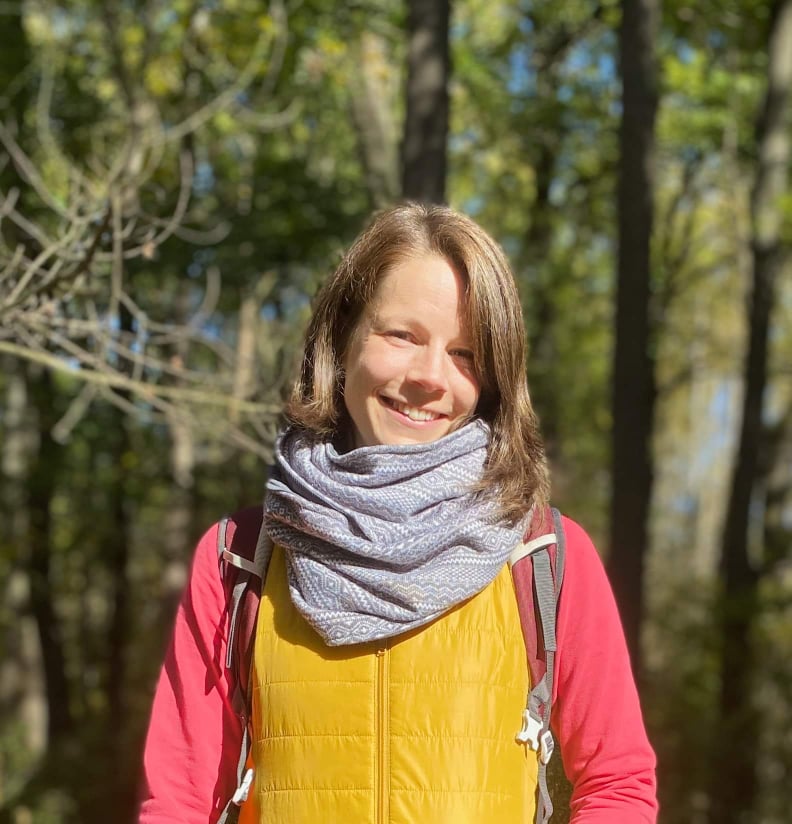 Kinga Erősné Tölgyesi, Physiotherapist
Kinga Erősné Tölgyesi, PhysiotherapistAs a mother of 4 I know how much tranformation the human body goes through during pregnancy, birth giving and the period afterwards. As a physiotherapist I was looking for a form of sport which takes the different state of the body after giving birth into account, and emphasizes prevention to strengthen the core muscles. In our rushing world we have no time for anything, not even for ourselves. RTM rebuilds the muscles responsible for stabilizing the core with personalized exercises. Besides activating abdominal muscles, back muscles are also trained intensively. It also teaches the conscious use of pelvic muscles, which is especially important for a mother with a small child, carrying this or that all the time. RTM is allowed, and what is more, it’s recommended before giving birth, and during pregnancy. It will foster quicker regeneration and prevents problems occuring later, which can be really unpleasant and make life harder (eg. Pain in the back or incontinentia). What is more, it will result in a more toned, flatter stomach, which will give more confindence for a tired mother. Everyone deserves some self-care, why not spending that time with exercises?!
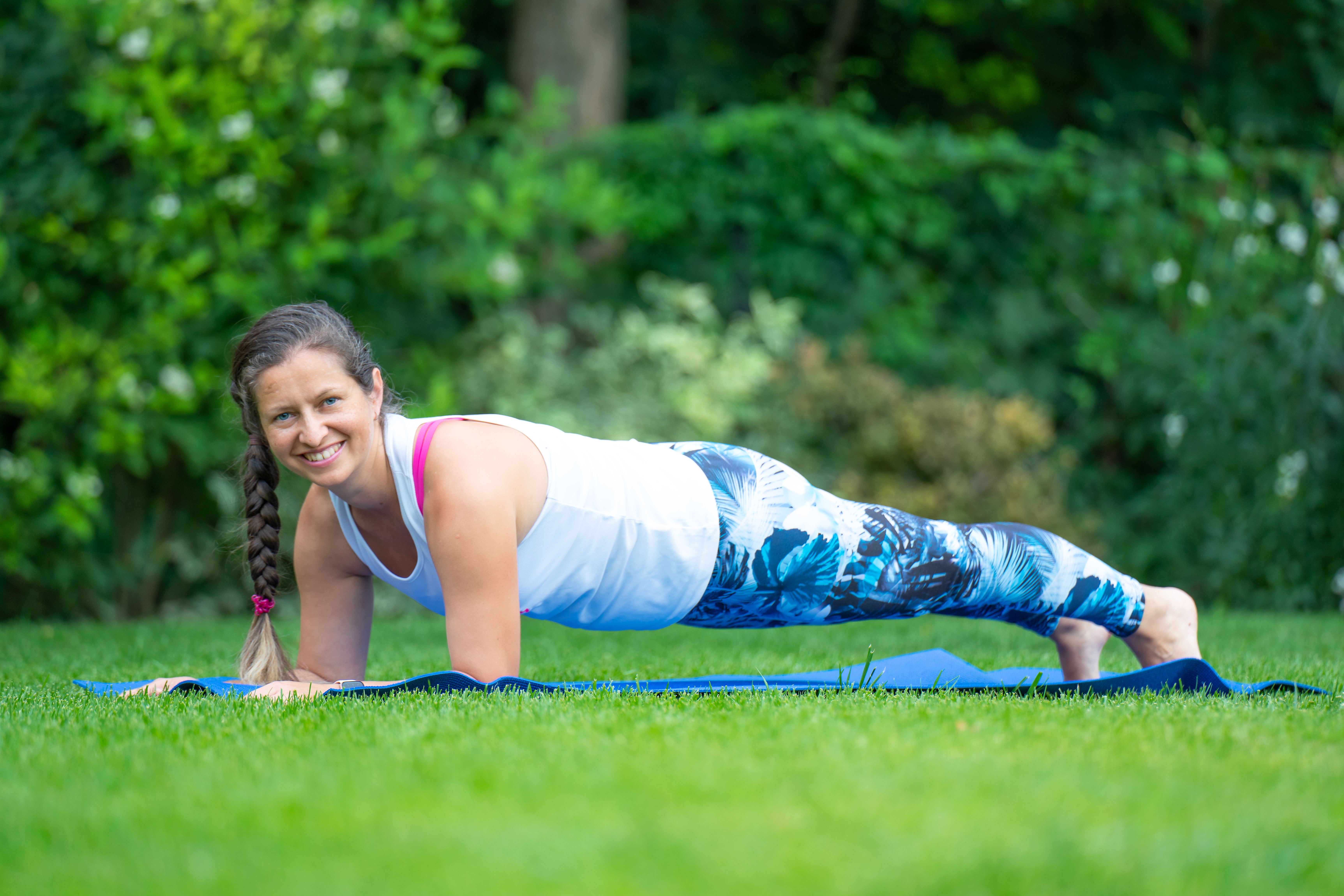 Mariann Halmosné Minczér , Kinesio tape, Flossing, FDM, Scar tissue specialist, Fascia trainer
Mariann Halmosné Minczér , Kinesio tape, Flossing, FDM, Scar tissue specialist, Fascia trainerThe method is perfectly built from the developer’s own experience and problems, and developed by mothers. It builds on step-by-step progress, so the feeling of success and positive feedback is always there. For me, that’s what it makes this method valid, and the fact that I tested it myself. I recommend everyone to try it and believe your eyes (and your husband’s eyes, too ).
RTM combines gynecological and mothers’ experiences, while ensuring that the system doesn’t take a different direction, so that it compies all the standards and quality. The method is also characterized by the founders’ strict and thorough approach.
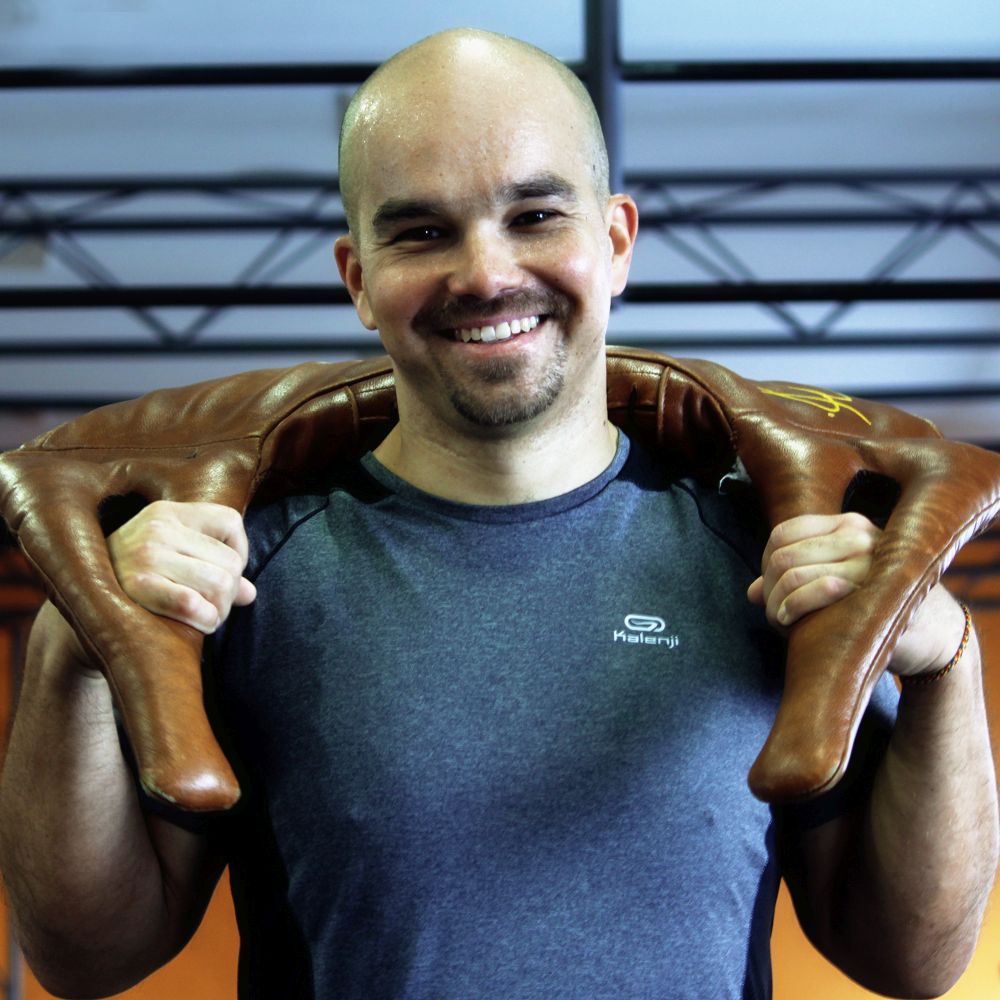 Csaba Békássy VI. dan ITF Taekwon-do master, head of club instructor, personal and fitness trainer
Csaba Békássy VI. dan ITF Taekwon-do master, head of club instructor, personal and fitness trainerAs a man, most probably I will never experience giving birth and the changes of the body that comes with it. However, as a trainer I need the knowledge RTM gives in this subject. Thank you!
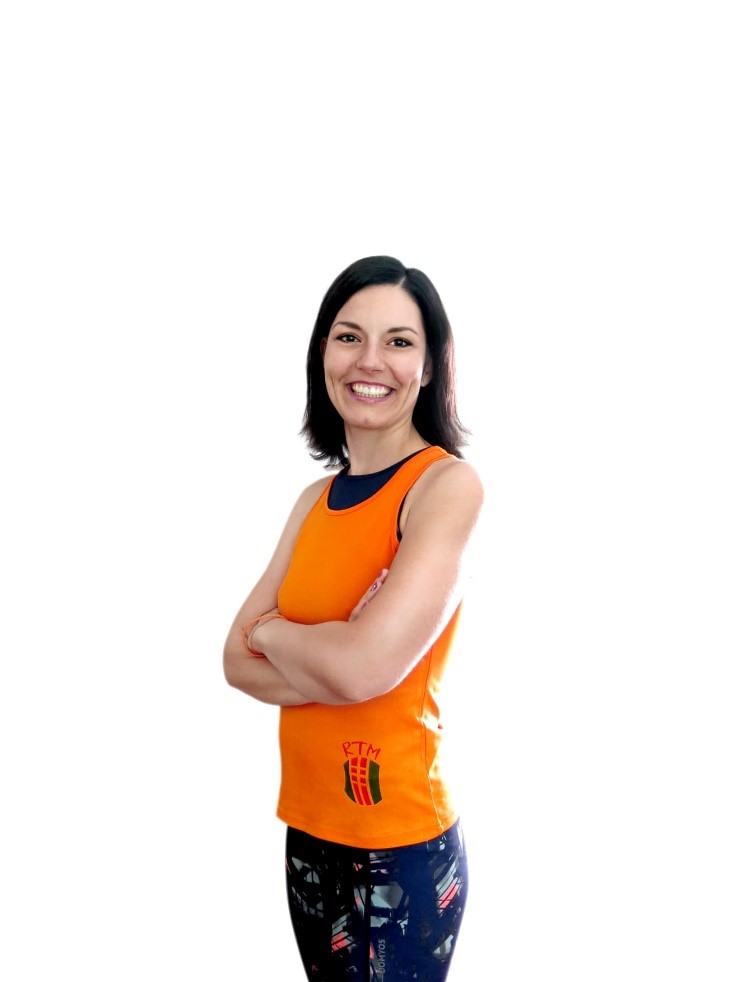 Ágnes Tollas RTM CL France
Ágnes Tollas RTM CL FranceRTM is a great regeneration and strengthening program, developed in every little detail. It has been specially adjusted based on many years of experience and feedback. At the sessions of Mother’s RTM and Shaping RTM you can feel the professionalism and the usual care. I recommend it for everyone who want to regenerate and get stronger safely.
Rebeka Csóka , Physiotherapist
Many people still don’t pay enough attention to the status of abdominal and perineal muscles of expectant mothers and those who have already given birth. Keeping and regenerating these muscles is very important for mothers’s right pose, at labor, and a potential incontinence developing later. RTM includes prevention and regeneration of abdominal and perineal muscles, too.
Andrea Zsiborács, mother
It can considerably improve your quality of life if you learn it and practise. If you were born with weak connective tissues, you can practise these exercises from a young age, preventing problems developing in adulthood. I can only recommend it to the young and old, men and women. I would make screening and exercising compulsory in schools.
Melinda Szabó, mother
Melinda Szabó, mother
I had a daily problem of pain in the lower and upper back. When I started the program, first I only felt the good feeling of painless nights, then this good feeling endured longer and longer. Now, after 1 month, I had the first day when I had no pain at all most of the day. The training sessions have a good atmosphere, so that time flies during that one hour.
VIOLA MEDICAL CENTER (gynécologie, RTM, ultrason 4D, yoga avec bébé, sexologie)
VIOLA MEDICAL CENTER (gynécologie, RTM, ultrason 4D, yoga avec bébé, sexologie)
https://violamed.hu/varandos-torna-regeneralodas/ RTM – training program for mothers
The essence of RTM Prenatal training is to prevent problems like rectus diastasis (pathological shoving of straight abdominal muscles), weakened muscles, wrong posture, or fallen arch, which can develop after labor. RTM – Rectus Training Method – regeneration of abdominal muscles and RTM Core training is a complete rehabilitation program, focusing on rectus diastasis, and then rebuilds weak core muscles. The aim of the progam is not only to repair the tummy after labor, but to teach how to live with it. It helps to understand what is happening in our body and helps to prevent future serious problems, no matter if our aim is to continue our former training or leading a healthy lifestyle. The program is highly recommended after labor, and it is as well perfect to prepare for expectancy. It is also recommended for those who want strong core muscles, regardless of sex or age.
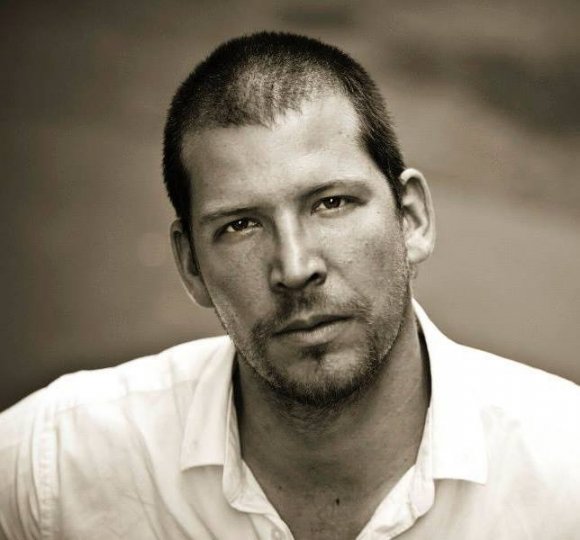 Bene Máté, S
Bene Máté, S